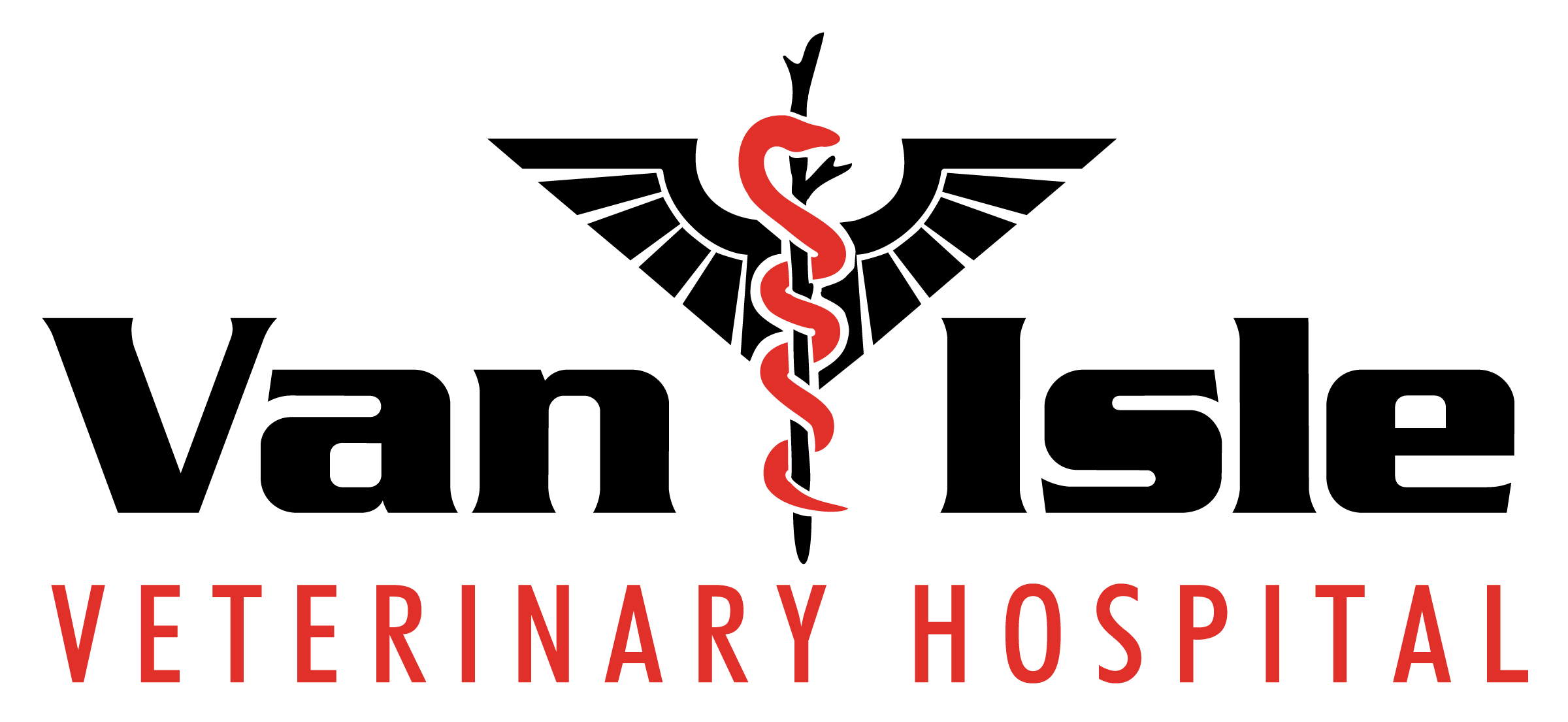Losing a pet can be a traumatic event for you and your family. Prevention is better than reaction: protect your pet with a tattoo, microchip and a name tag.
Tattoo: This is a permanent marking that is usually found on the inside of the right ear. An identification tattoo contains a combination of letters and numbers that allows your pet to be traced back to the veterinary hospital that originally did the tattoo. With age, tattoos fade and may become illegible. If you find a lost pet and are able to read the tattoo, you can identify the origination of the tattoo by calling your local veterinarian, your local shelter or by visiting the BC Pet Registry.
Microchip: A microchip is implanted under the skin between the shoulder blades at the base of the neck. All veterinary hospitals and rescue facilities such as the SPCA have microchip readers, with which they can identify the animal. Once implanted, the owner must register a microchip in their name, and most microchips can be traced internationally. This is an excellent option as the microchip does not typically fail over time. Microchips are usually implanted when your animal is under sedation during a spay or neuter, but can also be administered in the exam room.
Tags: While collar tags are a great way to display that your pet has been vaccinated and is registered in your town or city, please don’t forget that a tag with your dog’s name and your current phone number is a very effective and fast way of ensuring your pet is returned to you. We’ve seen several lost pets here at Van Isle Veterinary Hospital over the years, and often, they have multiple tags on their collar; none of which are legible. These are usually old city tags, worn rabies tags or tags with old contact numbers, that are no longer in service. Having your pet registered with your local municipality is required, but does not provide information about who owns the pet right on the tag. If your dog is turned into a shelter or picked up by a good samaritan out of office hours, there is no way to track down the owner, until the municipality office or your local shelter is open. When you get your dog tag from the city, it’s a great idea to have it engraved with your pet’s name and a contact number and check it often for signs of ware. Name tags can be printed at your local pet store for a minimal cost.
A simple name tag could save you time and money, avoiding the cost of involving a third party such as a veterinary hospital or the SPCA for boarding and after hours call-in fees, which the owner is responsible for paying.
If you find a lost pet, reach out to your neighbours, use online social media sites such as Comox Valley Lost and Found Pets, contact the veterinarian who issued the rabies tag (however, most veterinary offices only have access to their database during office hours). Contact your local SPCA, who will be able to guide you and help pets and their owners re-connect!
Written by Van Isle Veterinary Hospital




